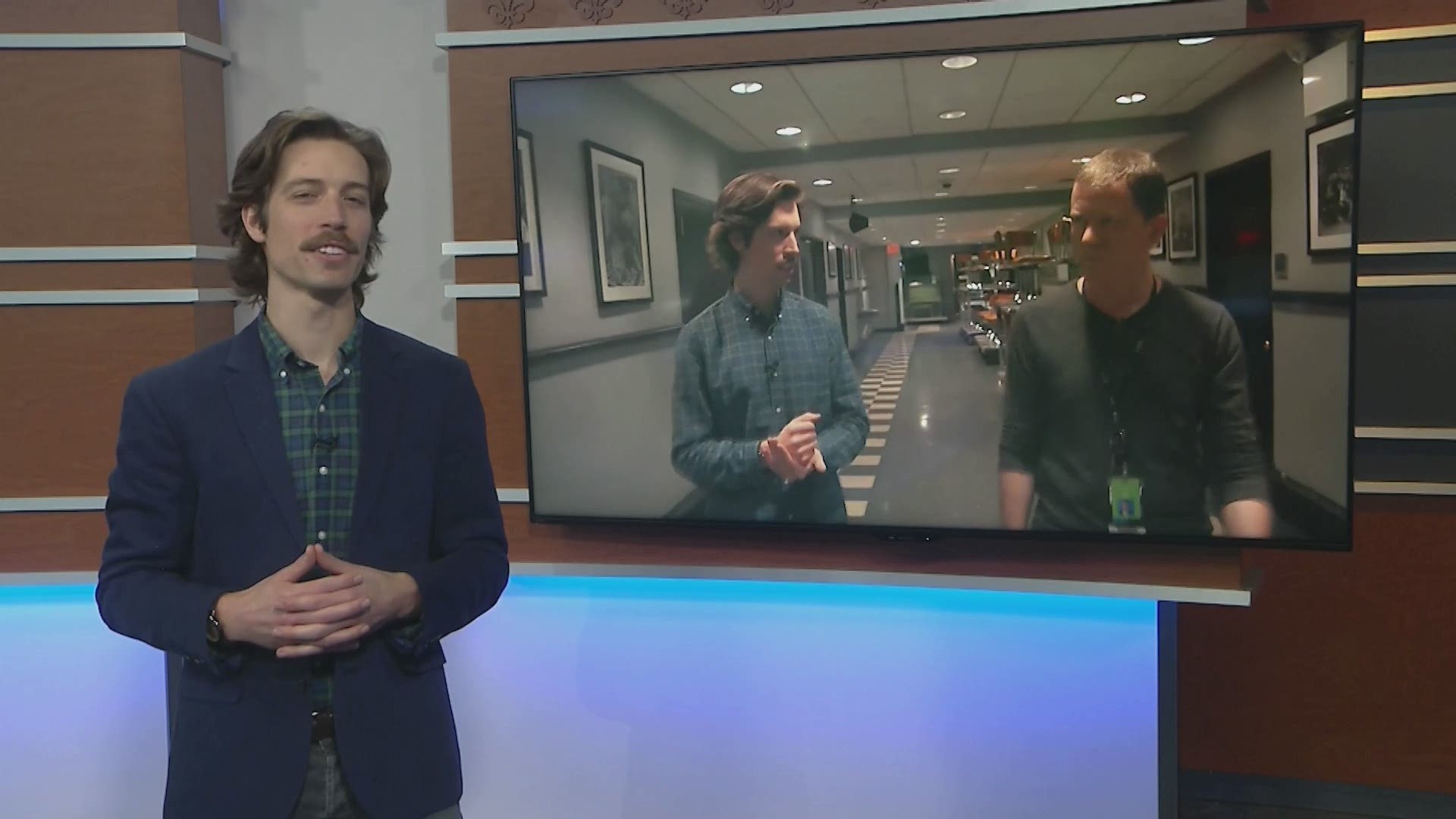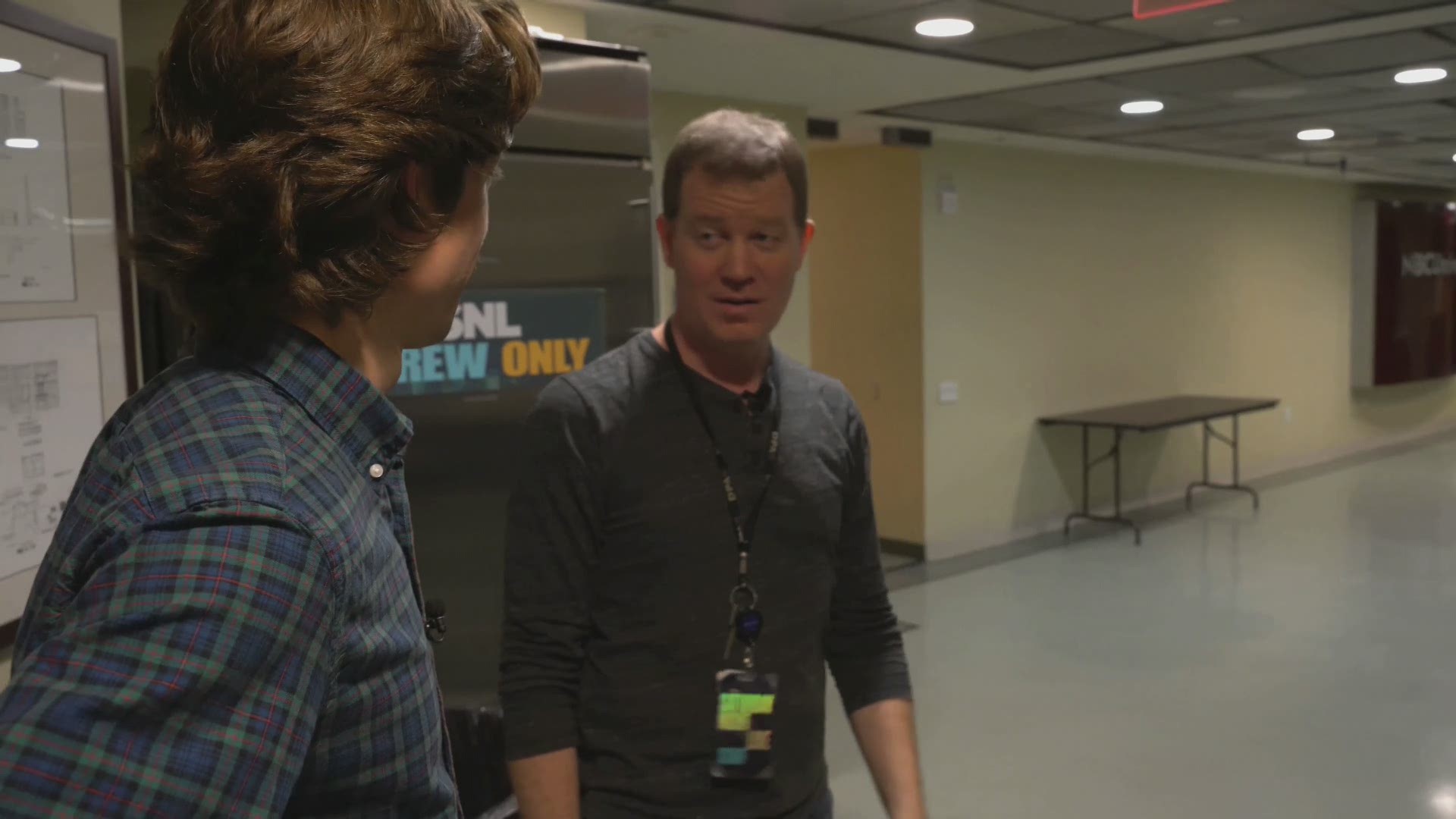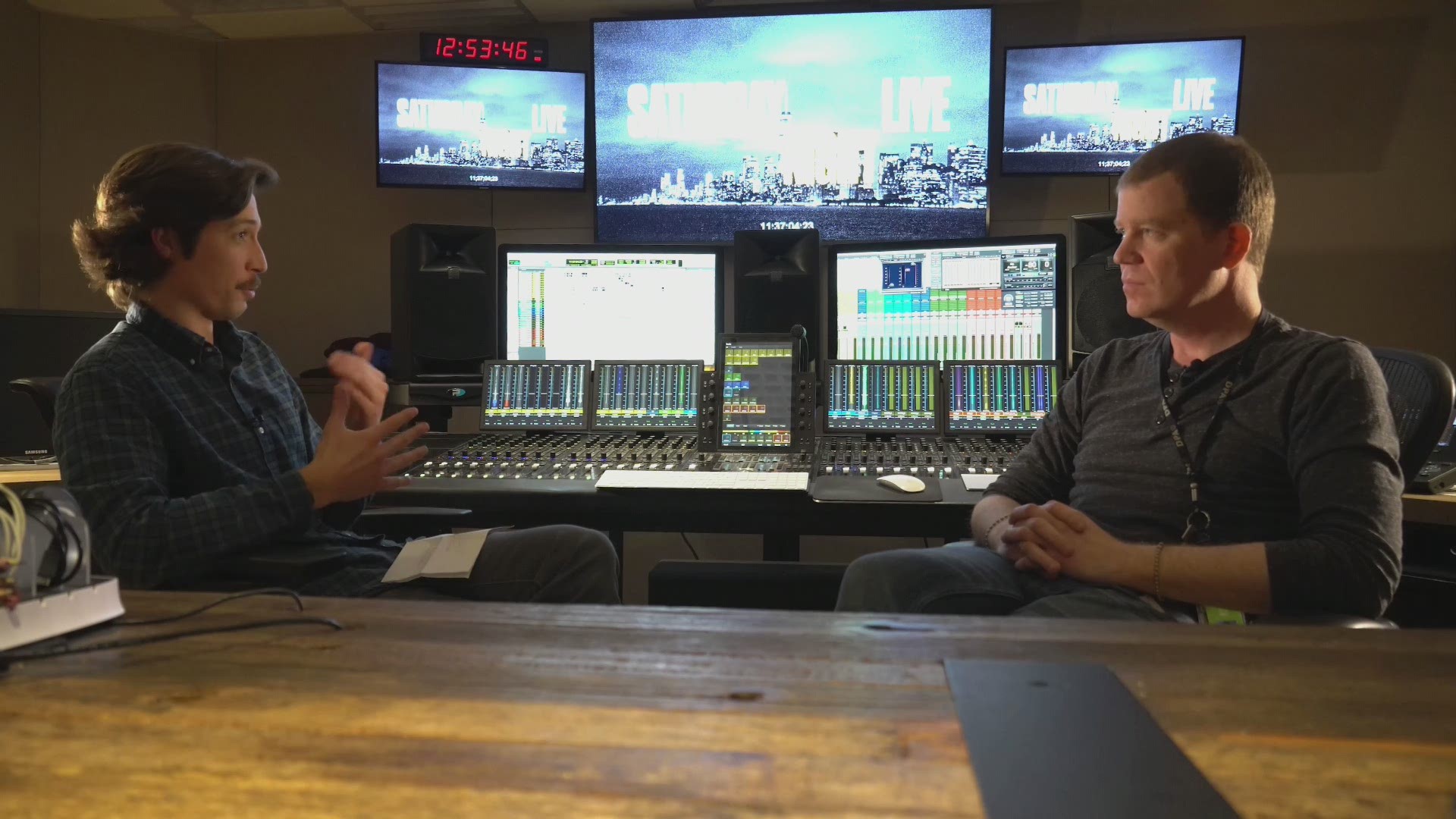LOUISVILLE, Ky. (WHAS11) -- At 50 West 50th Street in Midtown Manhattan stands a building that has made the country pulse with laughter on Saturday nights for 44 years. It’s here at Rockefeller Center that I met Devin Emke, a Louisville native who has contributed to that laughter for the last 14 seasons.
Emke is a post-production audio engineer at Saturday Night Live, where he works primarily with the show’s film unit—the people responsible for commercial parodies, short films, digital shorts and any pre-taped content deployed in the live show.
Although the show is live, the pre-taped segments have made an indelible mark over the years, none more so than the ones created by the “Lonely Island” trio of Andy Samberg, Jorma Taccone and Akiva Schaffer from 2005 to 2012. Emke arrived at SNL one season after that trio made waves with the instant-classic “Lazy Sunday”—what some consider the first “viral video” on the then-nascent video platform YouTube.
Since then, the show’s pre-taped segments have taken on added importance and been given more attention in the production process, and it’s Emke’s job to make sure the sound is firing on all cylinders. Throughout his tenure he’s worked on iconic segments with some of showbusiness’s biggest stars, and in 2015 took home an Emmy for his work on the SNL 40th Anniversary special.

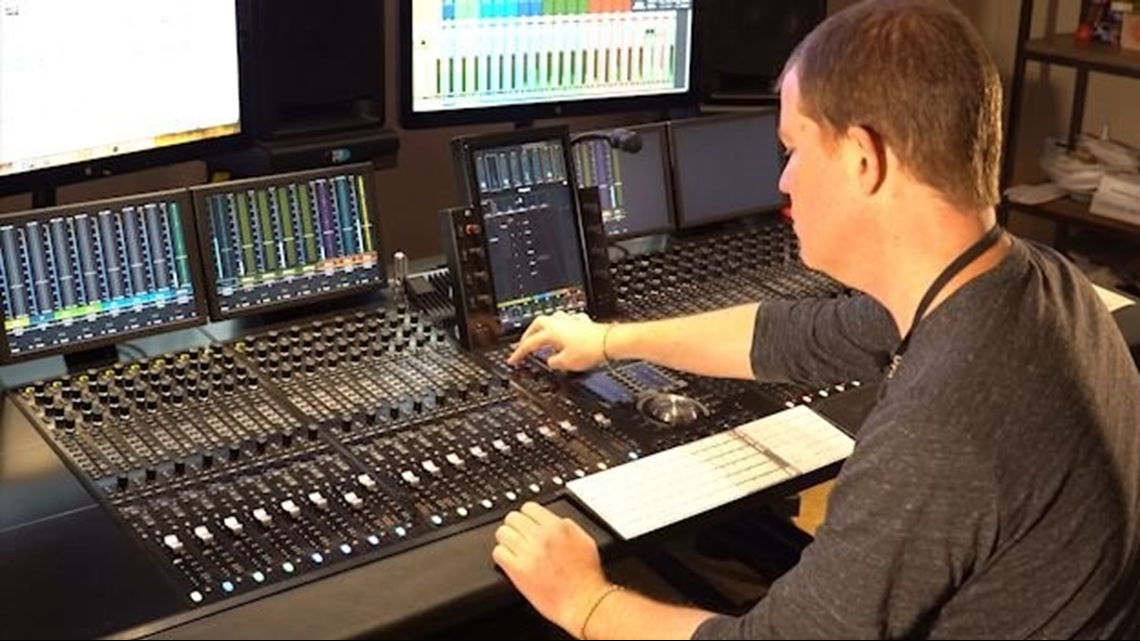
The work of a sound designer may not immediately come to mind when you’re watching SNL on a Saturday night, but it plays a critical role in landing a joke and getting a message across, whether that’s making sure a line of dialogue cuts through the clutter or utilizing music and sound effects to accentuate the comedy in a given scene.
“I would ask anyone simply to watch an episode of SNL with the sound turned off. You might be able to get some of the jokes, some of them might be obvious, a lot would probably get lost,” Emke says. “The pacing of how you’re delivering the comedy is so critical to how it gets received and that trickles down to what we do in this room, just how we subtly do—or not so subtly do—like, hit you over the head with a giant sound effect or a huge booming piece of music if it’s part of the joke.”
In addition to amplifying the comedy, a big part of Emke’s job is cleaning up sound that’s been recorded during filming and adding sound in during the post-production process to make each segment come to life.
“We’re adding all kinds of sound design, music score, sometimes it is original score music that’s been written [in-house] for the piece,” Emke says. “It comes up all the time that we have a piece that you hear music in the piece that’s supposed to be playing on a P.A. system, or at a party, or at a department store you hear Muzak on the loudspeakers. So, all that has to be worked into the mix and sitting in the right place and sound authentic.”

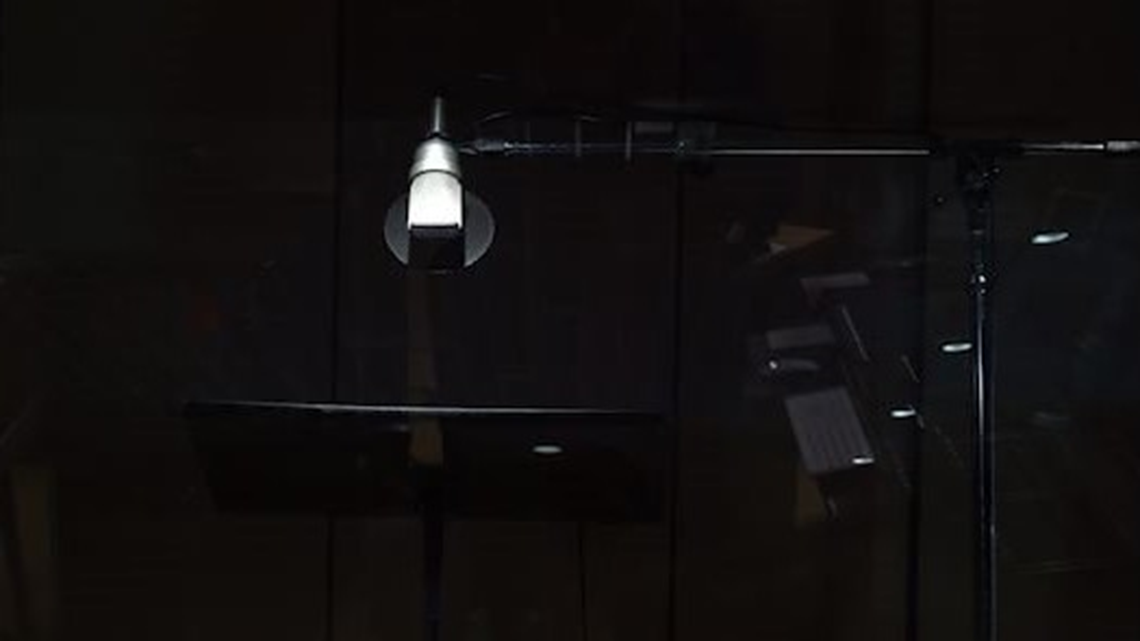
As with most things at SNL, Emke’s work typically comes down to the wire before hitting the air on Saturday night. The host arrives on the Monday of a show week and writers spend Tuesday and Wednesday pitching ideas. By Thursday, the initial batch of ideas are chosen for pre-taped segments and the film unit spends Thursday and Friday shooting each piece. Pieces are then edited overnight and during the day on Saturday and don’t reach Emke’s desk until shortly before the 8 p.m. dress rehearsal, where sketches are tested in front of a live audience to determine what will make it into the live show at 11:30.
“During dress we are listening to how the audience reacts. It’s really how we decide what gets on the air and what doesn’t,” Emke says. “You’ll know right away if it’s not working. Often during dress I can kind of tell, ‘Alright, this joke’s going to go, this joke is going to be shifted over, we’re going to use a different line of dialogue here.’ You can sometimes predict what kind of editorial decisions will be made.”
When the two-hour dress rehearsal wraps up around 10 p.m. the real work begins. Between 10 and 11:30 Emke will make adjustments to each remaining pre-taped segment to finalize them for the 11:30 show.
“It is in that little window, between 10 and 11:30, that little 90-minute corridor of time where we—not just me but the whole staff—has to figure out what didn’t work for dress and what to cut,” Emke says. “Sometimes we are not done with that until we are actually on the air. For example, if the piece I mix isn’t in until Act III, we are actually live on the air at 11:30 in the first couple of acts and I’m still working on those pieces and just in the nick of time getting them off.”

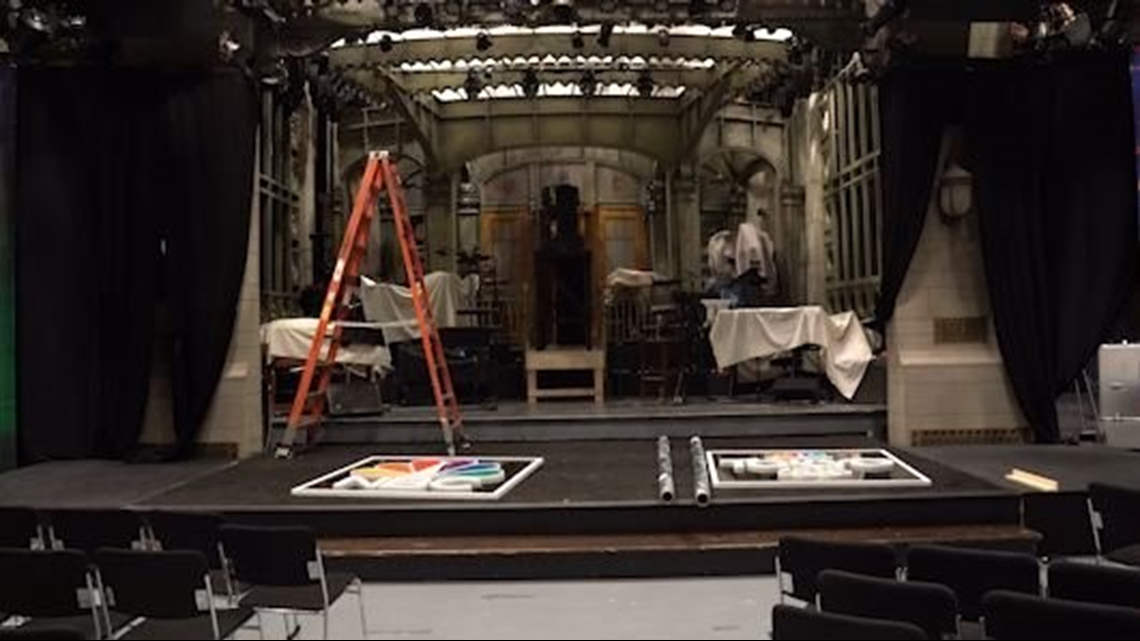
After the show, the after-party and a well-deserved lazy Sunday, Emke returns to the office on Mondays to spend the next three days remixing and polishing Saturday’s show for future syndication and reruns.
“SNL is, at the end of the day, a live theatrical performance. In Studio 8H we actually are putting on sort of a play,” Emke says. “When we go back and re-cut and remix the show we try and stay true to the original spirit of what we’re trying to accomplish live. It’s live television—there are mics that aren’t on that need to be on when a certain cast member hits their mark and delivers a line, there are cameras that are not switched in time or a camera trained on nothing and then somebody walks into the shot—so we spend those three days at the beginning of the week following the live show kind of tightening up all that stuff.”
And once that work is complete and last week’s show is polished and tucked away for future laughs, Thursday comes and it starts all over again.
WATCH: Take a tour behind the scenes of Saturday Night Live
WATCH: Sound design plays a bigger role in your life than you may think

